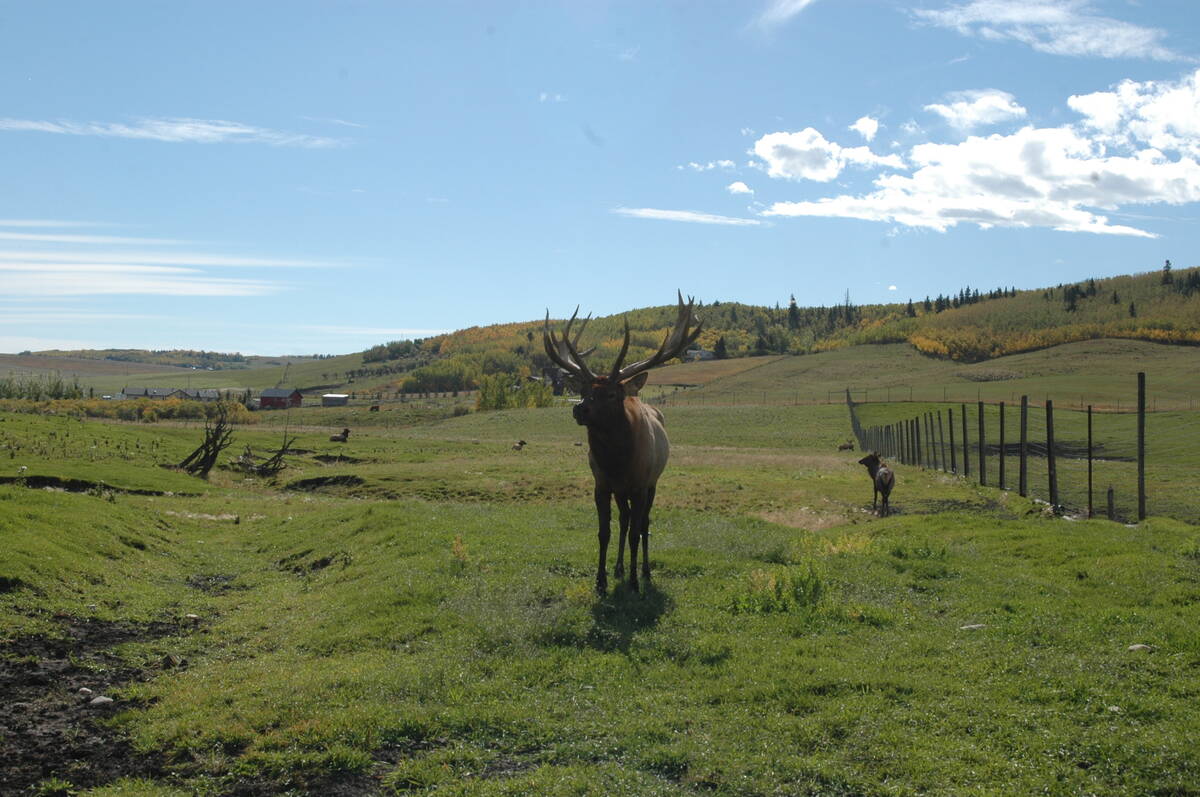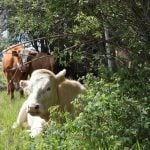A surprisingly small number of wheat midge larvae have been found in Peace River area soil core samples, which suggests the insect likely won’t be a problem this year.
However, Agriculture Canada entomologist Jennifer Otani says farmers need to continue monitoring for the pest, which can cut wheat yields in half.
The Alberta Insect Pest Monitoring Network forecast indicates that large wheat midge populations in the eastern Peace River region have collapsed.
“We’re rather surprised at the numbers,” she said.
Researchers took 310 soil samples last fall from fields in 61 Alberta counties.
Read Also

Feds propose overhaul of chronic wasting disease control program
Chronic Wasting disease control program getting updated by Canadian Food Inspection Agency with feedback encouraged from producers.
Larval cocoons were washed from the soil, counted and dissected to see if they suffered from parasitism or were attacked by beneficial wasps. The larval counts are used to predict wheat midge levels for the following year.
Otani said soil core samples have historically been an accurate way to predict what wheat midge will do the following season.
“But the Peace is always different.”
She said officials were expecting higher wheat midge numbers in the soil samples, based on the number of wheat midge found in pheromone traps across the Peace region and the large number of insects in 2013.
“Frankly, I’m very surprised. I don’t want people to think wheat midge is not a problem. We were a bit surprised that the numbers in the soil core samples are so low after a year when we saw wheat midge flying.”
The wheat midge is a small orange fly about half the size of a mosquito that emerge from the pupal stage in late June and early July.
The females lay their eggs in the evening in the newly emerged wheat heads when conditions are humid, and larvae feed on the developing wheat kernels when the eggs hatch.
The larvae will remain in the heads and stop developing if the weather is dry.
Otani doesn’t know if the drop in wheat midge numbers is the result of farmers using more midge resistant wheat varieties or because more parasites were present.
“Parasitoids that feed on wheat midge were also not evident in the soil core samples. We do know parasitoids are out there,” she said.
Tanya Bogdanek, an agronomist with Cargill in McLennan, Alta., said the company noticed a dramatic reduction in the amount of wheat midge in the Falher area compared to the previous year. Falher had previously been a hot spot for wheat midge.
She believes some of the reduction can be attributed to farmers growing midge resistant wheat varieties.
“A lot of farmers around here are growing it because the year before it was really bad,” she said.
“It’s hit and miss. There is not a lot out there as we thought there would be.”
Trent Whiting, a marketing representative for SeCan, said he doesn’t have good statistics on how many acres were planted to midge tolerant SeCan wheat varieties in the Peace region’s heavily affected areas.
“There was probably a little bit more midge tolerant wheat up there than normal. I would bet, still, the majority is conventional wheat,” he said.
“I would say Mother Nature had more influence than midge tolerant wheat did. A big part of the area was dry, and midge doesn’t like that.”
The forecast suggested that farmers not discount the danger of wheat midge to next year’s crop because of the higher population in the region in previous years.
A number of factors influence wheat midge’s ability to survive the winter, but the survey provides a snapshot of potential infestation.
Weather conditions and moisture determine the extent and timing of midge emergence.
The risk of wheat midge damage is increasing in central Alberta this year with the areas east of Edmonton expected to see the most damage.
Populations in southern Alberta are expected to fall to low numbers.














